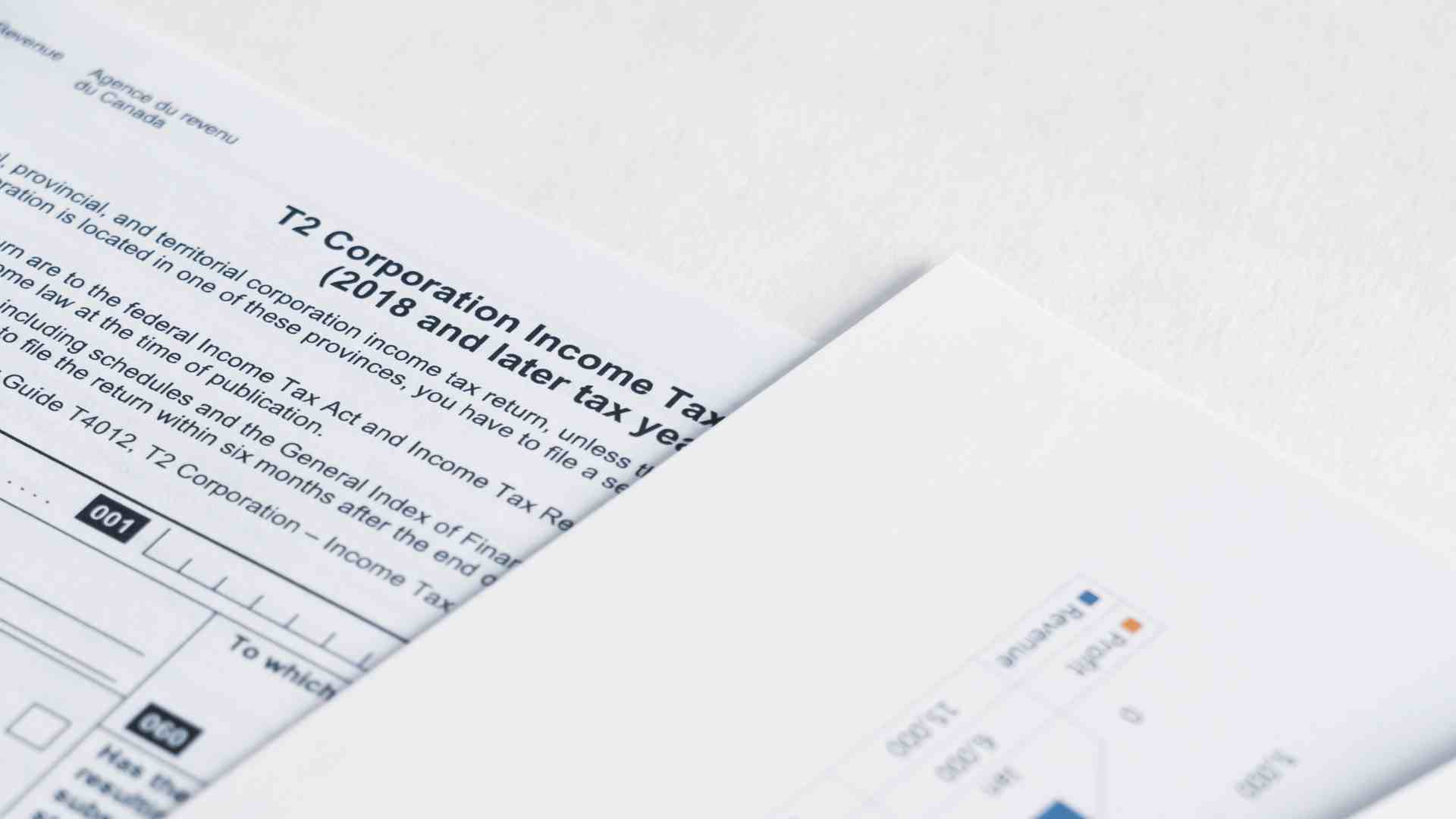Speak to an Expert
Book a CallAn Introduction To Car Allowances
There are few absolutes in business, except for one: your expenses should be lower than your revenues and preferably low enough to earn a tidy profit.
When wondering how to grow your business in a problematic rate environment, you must thoroughly search your expenses to determine whether there is room to maneuver into a more efficient setup.
In Cardata’s twenty years in the industry, we’ve learned that the majority of business owners who come to work with us – whether they have five employees or five thousand – haven’t yet optimized their car allowances or taken full advantage of the write-offs and deductions permitted by the Internal Revenue Service (IRS). Car allowances help owners attract and retain top talent. They improve employee satisfaction and are a customary benefit in today’s highly competitive labor market.
However, from a tax perspective, they are one of the most common vehicles leading businesses to burn cash. If you’re reading this, you probably already know that fleets of company cars are inefficient, high-risk, and rarely move the balance sheet. But have you considered that your car allowance program could be just as wasteful for your company? Continue reading to learn more about the most common type of car allowance programs companies use and which are a total tax write-off versus which aren’t.
How Are Car Allowances Taxed By The IRS?
There isn’t a one-size-fits-all answer for how the IRS taxes car allowance programs. However, there are some common themes and general principles, and while the IRS does provide a large volume of literature for the public’s education, CEOs don’t tend to have a lot of free time in their schedules. We’ve summarized some of the fundamental tax rules concerning car allowance programs and what portion of them can be written off.
Here are the definitions and procedures you should familiarize yourself with
- Fringe benefit: Any form of car allowance falls under the IRS definition of “fringe benefit.” A fringe benefit is “[any] form of pay (including property, services, cash or cash equivalent) in addition to stated pay for the performance of services.” [2] In plain English, it’s any form of compensation beyond an employee’s base salary. Unless prerequisite terms are met, these fringe benefits are taxable: the IRS writes, “fringe benefits that do not meet any statutory requirements for exclusion are fully taxable.”
- Accountable car allowance program: According to the IRS, benefit plans – whether for health insurance, business driving, or meal per diems while traveling – are either accountable or nonaccountable. Their adherence to special conditions distinguishes them.
- Three criteria for accountable programs. Those special conditions are spelled out in the IRS’s definition of an accountable benefit plan. [3] A benefit plan is considered accountable if it satisfies three criteria:
- There is a legitimate business purpose for the expense.
- The business has collected “adequate and timely records” documenting all the expenses and can provide them to the IRS if requested.
- Any overpayment of benefits is promptly returned.
- Nonaccountable program: “Nonaccountable program” is the term the IRS uses to describe any benefit plan that does not meet all three criteria above. You can have the most meticulously documented car allowance program in the world. Still, if you are overpaying employees as per Criteria 3, you must withhold the payments as income, subject to Medicare, Social Security, and Federal tax.
- Tax-Free Car Allowance (TFCA): Any car allowance program within the above parameters can be written off and made ineligible for IRS withholding.
- Form W-2, Boxes 1-3-5. You are solely responsible for understanding the different car allowance programs as an employer. Consequently, accurately reporting your employees’ income is one of the primary responsibilities of running a company. If running a nonaccountable plan, you must report 100% of your employees’ car allowances in Boxes 1, 3, and 5 on Form W-2.
- The standard mileage rate: The IRS standard mileage rate represents the Federal Government’s standard mileage reimbursement for the General Services Administration employees and the ceiling for variable-rate car allowance plans that can be provided to employees without additional taxation – the standard mileage rate changes yearly.
- Fixed and Variable Rate (FAVR): FAVR is an accountable car allowance plan that combines fixed payments for depreciation and insurance costs with variable rate payments for mileage and other unforeseeable expenses. Car allowances using the FAVR model have many special conditions to satisfy to be considered valid by the IRS.
Read more definitions in our FAVR Glossary!
How Can A Company Maximize Tax Deductions For Car Allowances?
Reading the above glossary has helped shed light on what kind of car allowances are or are not considered tax write-offs by the IRS. However, linking a coherent car allowance policy with a few abstract definitions can take time and effort. Here’s what that means in practice:
Your company can maximize tax deductions for car allowances if:
- Your benefit plan is considered accountable by the IRS
AND
- Your car allowance program reimburses employees their actual expenses
OR
- Your car allowance program uses the standard mileage rate for reimbursements
AND
- Your program is well-administered and satisfies all of the conditions for “adequate and timely record-keeping” as described in IRS Publication 463
AND
- Your reimbursement rate does not exceed the federal standard mileage rate — unless you’re on FAVR, the only program that can go over the limit
Following the above formula, you can write off 100% of your car allowance program from your personal income taxes. [3]
NB: commuting expenses are not tax deductible.
Conclusion: Don’t Write Off The Potential For Tax Savings!
All roads may lead to Rome, but it’s better to take a direct route. Evaluating your current car allowance program and ensuring you maximize efficiency can guide your business through tight turns and rocky roads. Inefficient tax strategies add up, as do accounting fees. If you’re still struggling to make sense of the roadmap to better returns, you can find more informative content by Cardata here. Or you can schedule a call to speak with one of our experts today.
Sources
[1] Publication 463 | Internal Revenue Service
[2] Fringe Benefit Guide | Internal Revenue Service
[3] Who Can Deduct Car Expenses? | Internal Revenue Service
Disclaimer: Nothing in this blog post is legal, accounting, or insurance advice. Consult your lawyer, accountant, or insurance agent, and do not rely on the information contained herein for any business or personal financial or legal decision-making. While we strive to be as reliable as possible, we are neither lawyers nor accountants nor agents. For several citations of IRS publications on which we base our blog content ideas, please always consult this article: https://www.cardata.co/blog/irs-rules-for-mileage-reimbursements. For Cardata’s terms of service, go here: https://www.cardata.co/terms.
Share on:



